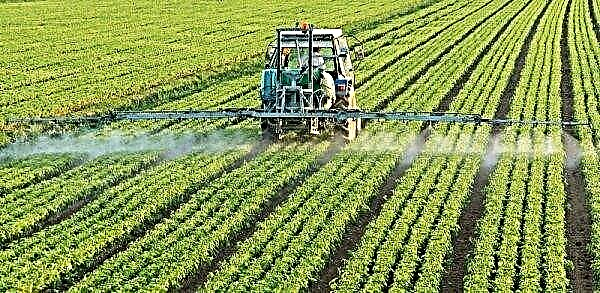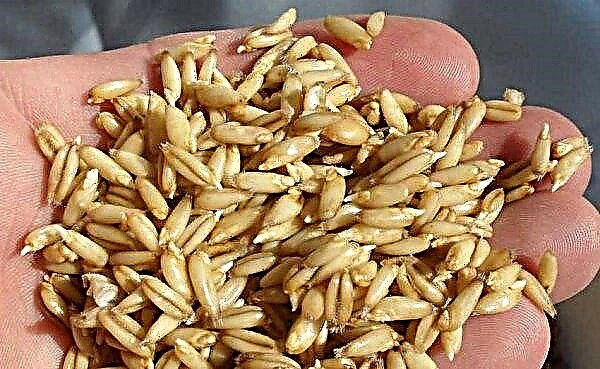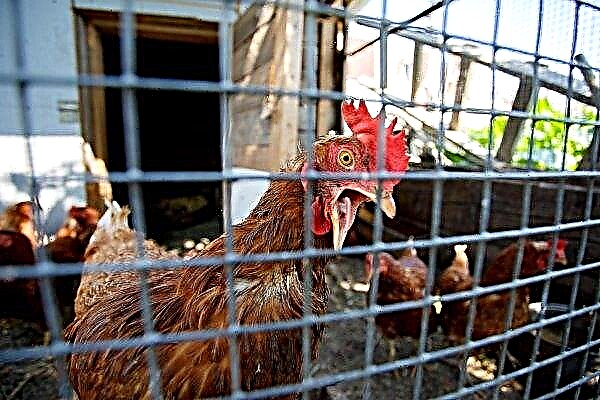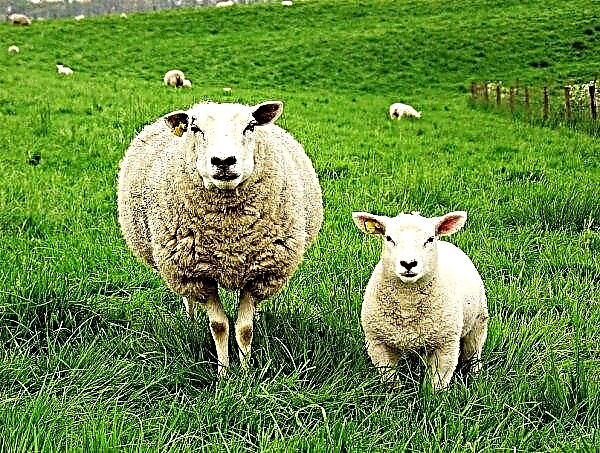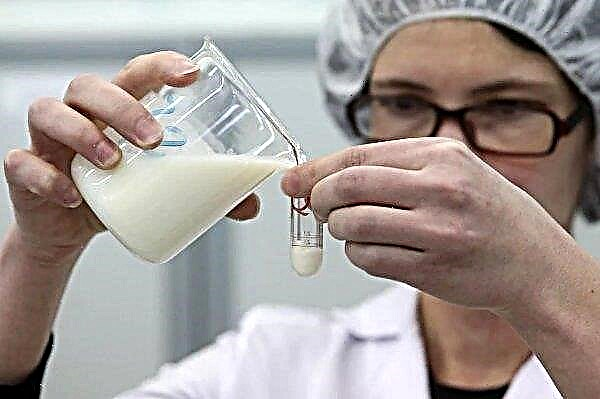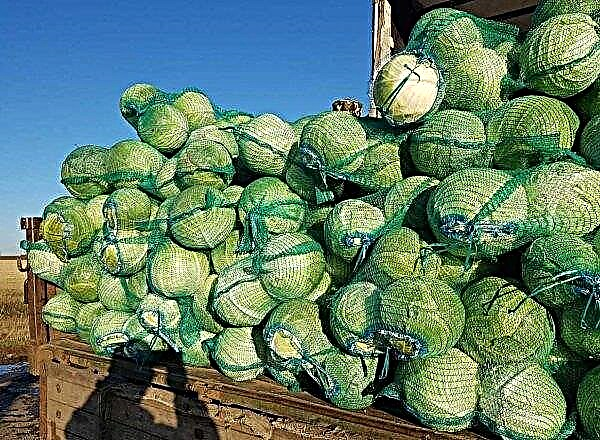Each housewife’s kitchen has pasta, cereal, bread, crackers, cookies, and even some snacks made from popular cereals. Some of them are easy to distinguish from each other, such as rice and corn. But not all differences are so obvious. In the article you will find information on how rye and wheat look and how they differ.
What do plants have in common
Both plants are herbs whose grains have found their application in the preparation of baking, whiskey and pet food. And since they both belong to the same family of cereals (Gramineae) or bluegrass (Poaceae), they will of course be very similar.
Common features of two plants:
- annual grasses;
- are formed from several stems by a small bush;
- used to make flour, beer and other drinks;
- possess an erect stem, cylindrical, jointed, hollow inside;
- leaves - two-row, alternate;
- inflorescence is an ear;
- flowers - small, self-pollinated;
- fruit - caryopsis;
- the root system is fibrous, up to 2 m deep.

What is the difference between rye and wheat
Their grains are eaten with pleasure by people and animals. They are packed in dense, large spikelets. The main difference between grains is:
- in taste;
- the appearance of the flour obtained from them.
Rye has long been considered a product for the poor and has been associated with the lower class. But not everywhere. So, in Russia, Poland and Scandinavia they made coarse black bread from it, but they served it at the table in both rich and poor houses. But bread made from wheat flour was considered festive.
Both plants are grown on different continents and many varieties are bred on their basis, but the main taste differences remain.Important! In terms of weight loss, eating rye pastries is better than wheat. Rye fibers stably bind excess water and remove it from the body.

In addition, there are other notable features:
- Wheat enjoys almost worldwide popularity. Even in the wild, it grows on all continents except Antarctica and grow it in any climate. It was one of the first crops that people began to cultivate and now it occupies the first position in terms of production in the list of cereals grown.
- Rye much less popular than wheat, and distinguishes its taste. But she is also able to grow in any climate. Only the culture is grown mainly in Eastern Europe and Russia, where it is considered part of the national cuisine.
Important! Wheat grains can be boiled in a rice cooker like regular rice, but you need to specify a time of 1.5–2 times more, because they are much more complex in structure.
By origin
Wild wheat changed for several generations until it became the plant that everyone knows now: with high yields and low production costs. The varieties obtained on its basis have undergone genetic changes in order to improve the basic properties of the culture.

Rye, unlike wheat, did not change much during the evolution of mankind. It is still considered the most ancient cereal that we eat and which has not been changed by genetic methods. Because of this, the plant has retained a more complex and diverse set of nutrients than regular wheat.
Rye does not have high yields, but has some agricultural benefits. It grows in soil, which is considered bad for most other crops, and also tolerates cold.
Important! Rye grain is saturated with carbohydrates and this helps the body to feel full for a long time.
In appearance
Modern wheat is the owner of short stems. This allows farmers to use a large amount of fertilizer without worrying that the plants themselves will stretch and become too large. All applied top dressing only affects the growth and development of grain.
 Each grain consists of:
Each grain consists of:
- from the embryo;
- endosperm;
- fruit and seed coat.
All cereal grains grow at the end of a long cellulose stem. Their edible part is a small cluster of grains, which is covered with a layered husk. In industrial processing, the shell is removed from them, but no other treatment is carried out.
After cleaning, the kernels are ground into flour. From wheat, it turns pale white or slightly beige. It will retain this color even when baking, unless other ingredients have been added. Rye is very similar to wheat when it grows in a field. However, darker flour is obtained from it and dark brown loaves of bread are baked.
Composition and properties of plants
The nutritional profile of rye is similar to wheat. But there are slight differences in the composition of carbohydrates, a higher density of vitamins and minerals.
100 grams of grains contain:
| Wheat | Rye |
|
|

Rye grains have a characteristic nutty flavor. They also have sweet and sour notes, although not pronounced. Otherwise, they are similar and used as well as wheat.
Rye grains contain the same macronutrients, vitamins and minerals as wheat, but they have less gluten, so they can lead to difficulties in digesting food in the body of any person who has intolerance to this substance. They also create a lower glycemic load and, of course, have less effect on blood sugar, which is good news for diabetics and all who are dependent on insulin.Did you know? The phrase “hot spot”, known to everyone, means a heavenly place, provided with all the benefits. The term originates from scripture.

Both grains contain many substances that are very useful for a balanced diet. Among them:
| Wheat Grain | Rye grains |
|
|
Triticale
The development of crops does not stand still. Based on the crossing of wheat and rye 150 years ago, in 1875, a new plant was obtained - triticale. This is the first artificially created cereal based on these crops. Its appearance is also similar to wheat and rye.
- This cereal inherits the best qualities of parent plants:
- from rye - frost resistance, disease resistance and the possibility of growth on poor soils;
- wheat - high productivity.
Triticale is mainly used as animal feed, but it can also be found in specialized grocery stores. The bread from this cereal is superior in nutritional value to both wheat and rye. And its addition to wheat flour increases the digestibility of the baked product.
Cereals are the main crops on our table. Therefore, it is important to include one and the other in the menu in order to provide the body with a complete set of nutrients.Did you know? In Slavic symbolism, wheat signified wealth and life.

